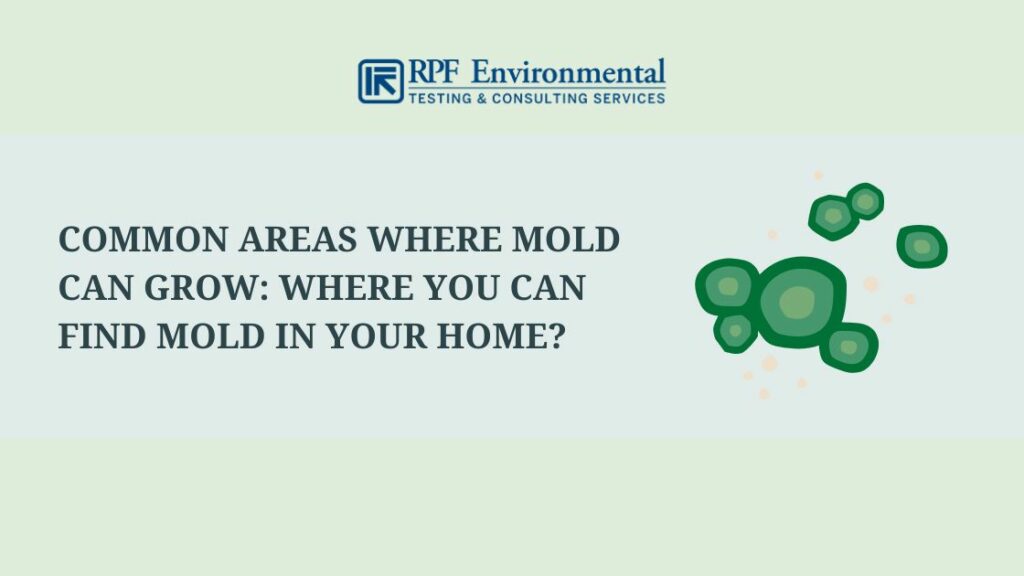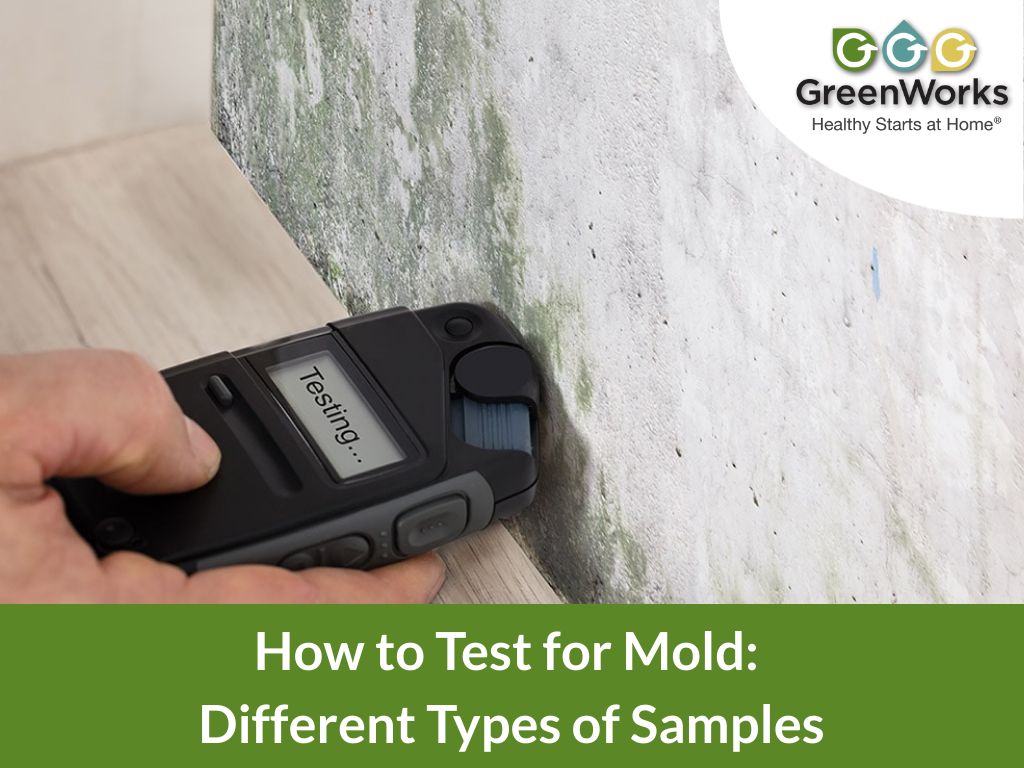The Function of Mycotoxin testing Services in Food and Feed Safety And Security
The Function of Mycotoxin testing Services in Food and Feed Safety And Security
Blog Article
Ensuring Compliance With Regulations: the Function of Mycotoxin Checking in Top Quality Control
Ensuring conformity with rigorous laws is paramount for keeping food safety and security, and the function of mycotoxin screening in quality assurance can not be overemphasized. Mycotoxins, toxic compounds produced by certain mold and mildews, present significant health and wellness dangers, making their discovery important in food manufacturing. Adherence to governing criteria, such as those established by the FDA and EU, requires robust testing methods and modern technologies to determine and quantify these contaminants. By implementing detailed screening protocols, firms can stop potential wellness crises, avoid expensive recalls, and preserve customer trust. Nonetheless, the intricacies of these testing processes raise essential inquiries about their performance and effectiveness.
Comprehending Mycotoxins
Recognizing mycotoxins is basic to making sure the top quality and safety of agricultural items. Mycotoxins are harmful additional metabolites generated by particular types of fungis, frequently discovered in foods items such as nuts, flavors, and grains. These substances can emerge at numerous phases of the food manufacturing process, from pre-harvest to storage space, and present considerable wellness threats to both humans and animals (Mycotoxin testing Services). One of the most infamous mycotoxins consist of aflatoxins, trichothecenes, fumonisins, and ochratoxins, each connected with particular ecological problems and fungal types.
The visibility of mycotoxins in foodstuff can lead to persistent and severe health and wellness issues, consisting of liver damages, immune suppression, and cancer causing impacts. Their discovery and metrology are crucial elements of high quality control in farming and food industries. The intricacy of mycotoxin contamination necessitates a diverse strategy, utilizing innovative analytical strategies such as liquid chromatography, mass spectrometry, and enzyme-linked immunosorbent assays (ELISA) By comprehending the resources, kinds, and effects of mycotoxins, stakeholders in the farming industry can much better apply preventative steps and reduce dangers, ensuring much safer consumption for end-users. This understanding develops the bedrock whereupon effective mycotoxin monitoring practices are developed.
Regulative Standards for Mycotoxins
Having established a fundamental understanding of mycotoxins and their impact on food safety, it is necessary to review the regulatory criteria governing their presence in farming products. Regulative requirements for mycotoxins are vital due to the fact that they specify allowable limitations, making sure food safety and protecting public health. Various international and nationwide firms have actually set these restrictions based on thorough threat analyses.
The Codex Alimentarius Compensation, a global body developed by the FAO and that, offers guidelines and maximum permitted levels for different mycotoxins in food and feed. The Codex has actually set limitations for aflatoxins in peanuts, maize, and dried figs, amongst other commodities. These standards are usually adopted or adjusted by private countries to fit their details needs.
In the European Union, Regulation (EC) No 1881/2006 specifies maximum degrees for several mycotoxins, such as aflatoxins, ochratoxin A, and deoxynivalenol, in various food products. Likewise, the U.S. Food and Medicine Management (FDA) has developed action degrees for mycotoxins like aflatoxins in commodities such as grains and nuts.
Adherence to these regulative criteria is crucial for preserving market gain access to, customer trust, and public health. Non-compliance can bring about substantial economic losses and wellness dangers, underscoring the significance of like this rigorous mycotoxin testing methods.
Testing Approaches and Technologies

ELISA is widely valued for its affordable and rapid testing capabilities, making it optimal for high-throughput environments. It counts on antibodies to discover specific mycotoxins, offering cause a reasonably short time structure. Its sensitivity may be restricted contrasted to much more innovative methods.
HPLC, on the various other hand, masters giving quantitative evaluation with high precision and precision. It separates complex mixes into specific elements, making it highly efficient for recognizing and measuring numerous mycotoxins all at once - Mycotoxin testing Services. This technique, while a lot more resource-intensive and taxing than ELISA, provides a higher degree of dependability

LC-MS stands for the peak of analytical specificity and level of sensitivity. Incorporating the separation power of fluid chromatography with the discovery abilities of mass spectrometry, LC-MS can spot also trace levels of mycotoxins. This technique is vital for validating the presence of mycotoxins in regulatory and forensic contexts, guaranteeing compliance with rigid security criteria.
Carrying Out Checking Procedures

Integrating these innovative testing approaches right into a thorough quality assurance framework requires a well-structured strategy to applying testing protocols. To accomplish this, companies should first carry out a detailed risk assessment to determine potential mycotoxin contamination factors within the supply chain. This assessment informs the growth of a customized screening technique that addresses particular vulnerabilities.
Next, establishing standard tasting treatments is crucial. Consistent sampling makes sure that test outcomes are trustworthy and representative of the entire set (Mycotoxin testing Services). Following standards from governing bodies, such as the FDA or EFSA, helps preserve compliance and enhances the reliability of the testing process
Educating employees is one more crucial component. Personnel must be competent in both sample collection and the operation of screening equipment. Regular training sessions and certification programs can ensure that staff member stay updated with the most up to date methods and regulative modifications.
Benefits of Mycotoxin Testing
Mycotoxin screening uses many advantages that dramatically improve the safety and top quality of food and feed items. Mostly, it works as a critical control procedure to avoid polluted products from getting to the consumer market, thereby safeguarding public Read Full Article health. By recognizing and measuring mycotoxins such as aflatoxins, fumonisins, and ochratoxins, manufacturers can ensure that their items fulfill rigid regulatory criteria, hence avoiding possible legal consequences and associated costs.
In addition, mycotoxin testing adds to the financial feasibility of food and feed sectors by minimizing the danger of large-scale item remembers. The capability to isolate and detect infected batches early in the manufacturing procedure reduces waste and stops the financial losses related to broken brand track record. Furthermore, it promotes customer trust and loyalty, as clients are significantly mindful of food safety and security problems and need higher high quality criteria.
The application of regular mycotoxin screening additionally advertises ideal techniques within farming and production sectors. By adhering to rigorous testing protocols, business can enhance their top quality control procedures, improve operational effectiveness, and click here to read make sure the constant production of risk-free, top notch products. In final thought, the benefits of mycotoxin screening are complex, adding to public health and wellness, economic stability, and industry honesty.
Conclusion
Mycotoxin testing is crucial in making certain conformity with regulatory requirements, thus maintaining food safety and quality assurance. By methodically identifying dangerous mycotoxins, this technique assists reduce wellness dangers, protect against legal effects, and prevent monetary losses connected with product remembers. Implementing durable testing procedures fosters customer count on and self-confidence in food security techniques, eventually sustaining the stability and credibility of food organizations. Thus, mycotoxin screening remains an indispensable element of modern food security monitoring systems.
Making sure compliance with rigid laws is paramount for preserving food security, and the duty of mycotoxin testing in quality control can not be overstated.In the world of mycotoxin screening, progressed modern technologies and methods are critical in ensuring food security and regulative compliance.Mycotoxin testing supplies many benefits that considerably boost the safety and security and top quality of food and feed products.Mycotoxin testing is essential in guaranteeing conformity with regulative standards, thereby maintaining food safety and high quality control. Thus, mycotoxin testing remains a vital part of modern-day food safety and security administration systems.
Report this page